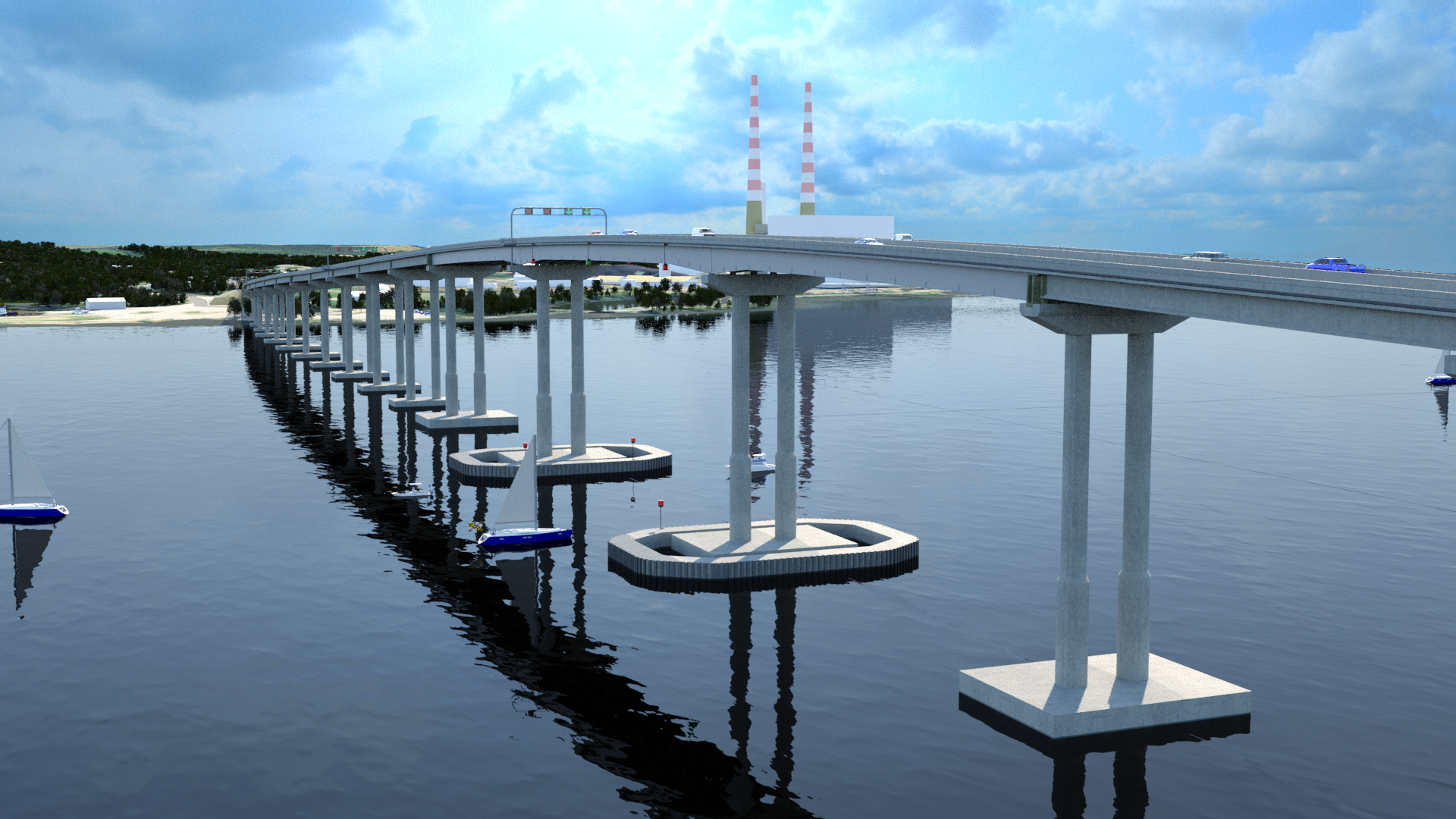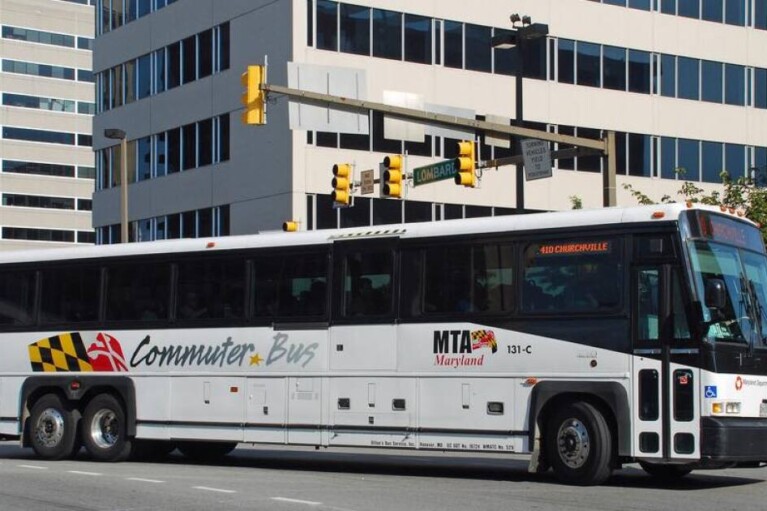Commentary: Lessons must be learned from dangerous bridge crossing proposal

By Eric Brenner
The writer is past chair of the Maryland Bicycle/Pedestrian Advisory Committee.
“Cycling advocates pan Maryland-Virginia bridge crossing plan as potentially deadly” is the latest in a series of well-reported stories by Maryland Matters on the new Nice bridge across the Potomac River, connecting Charles County to Virginia.
Containing no surprises, it lays bare the cynical trap intentionally left by the outgoing Hogan administration (and Maryland Department of Transportation Secretary Jim Ports) for the incoming Moore administration, and the newly appointed MDOT Secretary Paul Wiedefeld.
To recap:
Gov. Larry Hogan (R) promised, in writing, a barrier-separated bike/pedestrian path on the new Nice bridge. After navigating through most of the regulatory process, Secretary Ports removed the separated path, the shoulders too, banned pedestrians from the new bridge, and indicated that if cyclists still wanted to use the bridge they could just mix it up with high-speed traffic.
The approved budget for the bridge was hundreds of millions of dollars higher than the budget for construction, but still MDOT chose to eliminate the promised separated path.
A request was made to Secretary Ports by U.S. Sens. Ben Cardin (D) and Chris Van Hollen (D), along with Rep. Steny Hoyer (D-5th), to not destroy the old bridge, a move that would allow the next governor to study whether the money saved by avoiding the demolition could be spent to repurpose the old bridge for the previously promised safe bike and pedestrian crossing.
Then-candidate Wes Moore (D) and his Republican opponent both pledged to study the cost/benefit of re-purposing the old bridge if the Hogan administration could wait a few weeks on the planned demolition.
The response from Secretary Ports, with the support of Gov. Hogan was to quietly speed up the demolition of the bridge.
They knew that they couldn’t finish the demolition before Gov. Moore took office, but like a retreating army burning crops (and destroying bridges?) so the enemy can’t use the assets, they intentionally did enough damage before they left to make the old span unusable.
Today:
As Hogan/Ports had planned, Secretary Wiedefeld is now in the impossible situation of having inherited a new bridge that is unsafe for cyclists, even though bike access has been promised by the Maryland Transportation Authority (MdTA), which manages the toll bridge.
The old bridge is gone, the new bridge is unsafe, there is no Plan B at this location.
What can Secretary Wiedefeld do now, in these last days before bikes are turned loose with traffic on the new bridge?
Probably nothing, at least not on the Nice bridge.
The situation is not salvageable and doing anything (other than maybe an on-demand shuttle service?) could detract from efforts to make significant bike/pedestrian trail improvements at other locations around the state that will have a larger impact on economic development and job creation.
The answer for Gov. Moore and Secretary Wiedefeld is to move on, and show that they have a different approach to bike/pedestrian issues. Call in the other agencies with active interests in improved trail connections and tourism.
Both the Department of Natural Resources and the tourism office at the Commerce Department were shut out of the Nice bridge process by the Hogan Administration after expressing concerns about the decision to remove the path, and cripple the old bridge.
If the Moore administration has to choose just one project (there are plenty of others in Baltimore, Prince George’s, Western Maryland and on the Eastern Shore) to show Marylanders that the cynical Hogan/Ports policies are in the past, focus on the Susquehanna River.
The greatest barrier to long-distance trail development and increased non-motorized tourism in Maryland involves the lack of a safe, bike/pedestrian crossing of the Susquehanna River. Pull together the state agencies (MDOT, DNR, Commerce), the Congressional delegation (which has expressed support for closing the largest gap in the 3,000-mile East Coast Greenway and the 1,300-mile September 11th National Memorial Trail), local officials in Harford and Cecil county, and the U.S. Department of Transportation (which now supports all-ages-and-abilities bicycle and pedestrian access on bridges) and come up with the best options. Do this before the new Amtrak bridge across the Susquehanna River begins construction.
Don’t let Maryland lose out on statewide benefits for economic, public, and environmental health by getting bogged down in a prior exclusionary transportation decision. While the rest of Maryland blossoms as an outdoor recreation destination (particularly the Lower Susquehanna River Greenway if the safe crossing of the Susquehanna is achieved), let the new Nice bridge stand as a testament to what should never happen again.




 Creative Commons Attribution
Creative Commons Attribution